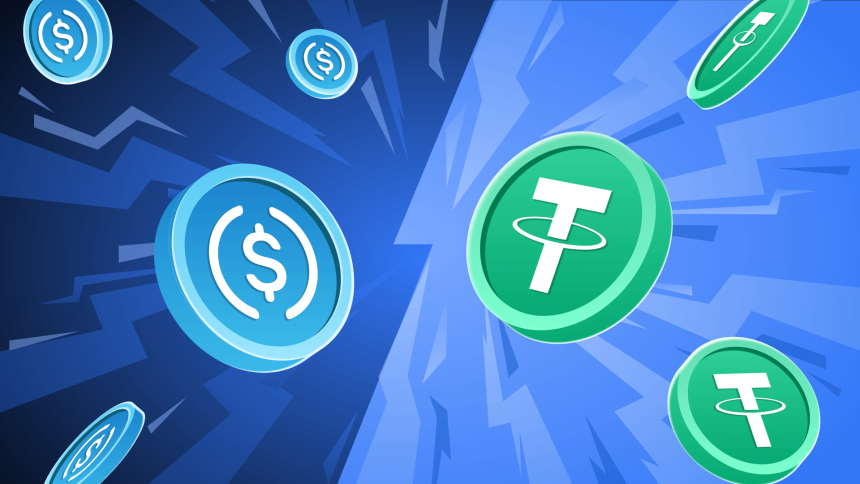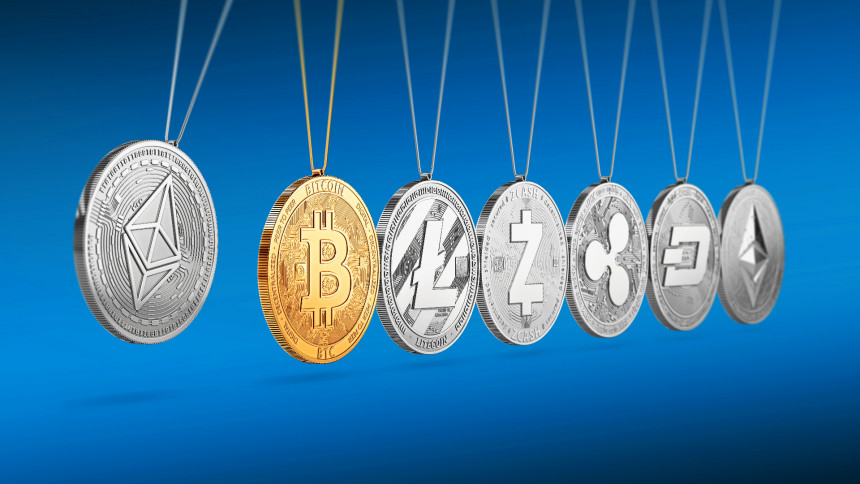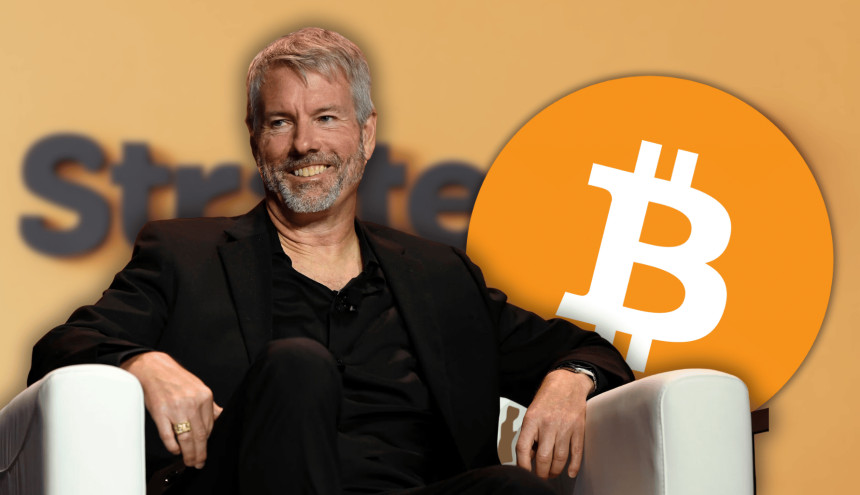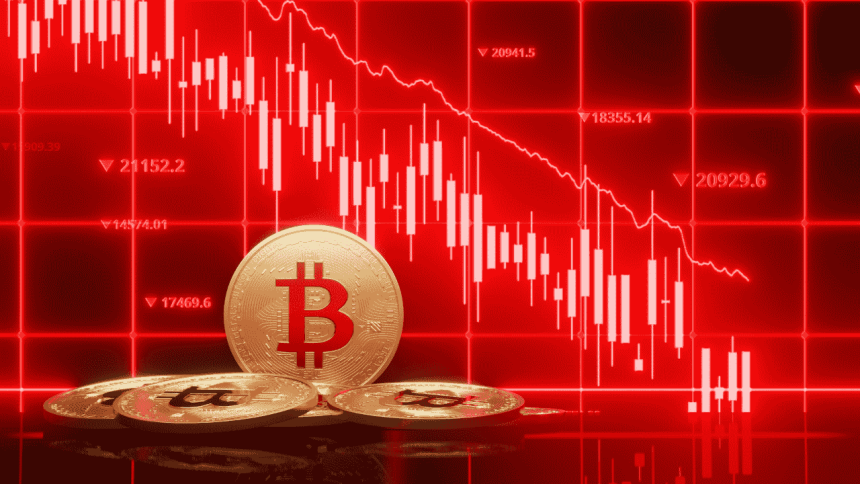
USDC and USDT Emerge as Top Savings Assets: A New Trend in Crypto
The cryptocurrency market is witnessing a significant shift as stablecoins like USDC and USDT become the preferred choice for savings among investors. While Bitcoin purchases are declining, the growing adoption of stablecoins highlights a strategic move toward the “HODL” approach—holding assets for the long term rather than trading them. For instance, Bitso, a leading cryptocurrency exchange, reported a 9% increase in stablecoin purchases. However, as stablecoins gain popularity, they are also attracting increased regulatory scrutiny, with authorities worldwide developing specific rules to govern their use. What does this trend mean for the crypto ecosystem, and how should investors navigate the evolving landscape?
The Rise of Stablecoins as Savings Tools
Stablecoins, such as USDC (USD Coin) and USDT (Tether), are cryptocurrencies pegged to stable assets like the US dollar. Their value stability makes them an attractive option for investors looking to preserve capital while remaining within the crypto ecosystem. Unlike volatile assets like Bitcoin, stablecoins offer a safe haven during market turbulence, making them ideal for savings and risk management.
The 9% increase in stablecoin purchases on Bitso reflects a broader trend. Investors are increasingly using stablecoins to park their funds, especially during periods of uncertainty or when waiting for favorable market conditions to re-enter more volatile assets. This shift underscores the growing maturity of the crypto market, where participants are adopting more sophisticated strategies to protect and grow their wealth.
Why Are Investors Choosing Stablecoins Over Bitcoin?
Several factors are driving the preference for stablecoins:
Market Volatility: Bitcoin’s price fluctuations can be daunting for risk-averse investors. Stablecoins provide a way to stay in the crypto market without exposure to extreme volatility.
Ease of Use: Stablecoins are widely accepted across exchanges, DeFi platforms, and payment systems, making them a versatile tool for savings and transactions.
Yield Opportunities: Many platforms offer interest-bearing accounts or staking options for stablecoins, allowing investors to earn passive income while holding these assets.
Hedging Against Inflation: In regions with high inflation or unstable local currencies, stablecoins offer a way to preserve purchasing power.
Regulatory Challenges on the Horizon
As stablecoins gain traction, they are also drawing the attention of regulators. Governments and financial authorities are increasingly concerned about the potential risks posed by stablecoins, including their impact on monetary policy, financial stability, and consumer protection. In response, regulators are developing specific frameworks to govern the issuance and use of stablecoins.
For example, the US and EU are working on legislation that would require stablecoin issuers to maintain adequate reserves, undergo regular audits, and comply with anti-money laundering (AML) and know-your-customer (KYC) regulations. While these measures aim to protect investors and ensure market stability, they could also impose additional compliance costs on stablecoin providers, potentially affecting their growth.
What Does This Mean for Investors?
For investors, the rise of stablecoins as savings assets offers both opportunities and challenges. On one hand, stablecoins provide a safe and convenient way to store value and earn yield. On the other hand, regulatory developments could impact the availability and functionality of these assets.
To navigate this evolving landscape, investors should:
Diversify Their Portfolio: While stablecoins are useful for savings, it’s important to maintain a balanced portfolio that includes other assets like Bitcoin and Ethereum.
Stay Informed: Keep up with regulatory developments and understand how they might affect stablecoin issuers and platforms.
Choose Reputable Platforms: Use trusted exchanges and DeFi platforms that comply with regulatory standards and prioritize security.
Monitor Risks: Be aware of the risks associated with stablecoins, such as reserve mismanagement or regulatory crackdowns.
Final Thoughts
The growing popularity of USDC and USDT as savings assets marks a new chapter in the evolution of the crypto market. As investors increasingly adopt stablecoins for their stability and versatility, these assets are becoming a cornerstone of modern financial strategies. However, with greater adoption comes increased regulatory scrutiny, making it essential for investors to stay informed and adapt to the changing landscape. Whether you’re a seasoned crypto enthusiast or a newcomer, stablecoins offer a compelling way to navigate the complexities of the digital economy.
#Stablecoins #USDC #USDT #CryptoSavings #Bitcoin #CryptoRegulation #HODL #DeFi #Cryptocurrency #Investing #FinancialStability #CryptoNews #MarketTrends





